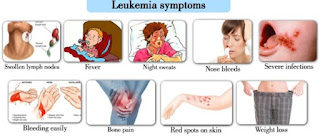Communication Compass
Communication in Cancer Care:
In this chapter the “communication compass” is introduced. It defines the key elements of communication and provides a language with which to communicate about communication in cancer care. The communication compass consists of two axes. One axis defines the associated perspectivesof the clinician and the patient, the other axis the content of information and emotional experience.
“Two lovers sat on a park bench with their bodies touching each other, holding hands in the moonlight. There was silence between them. So profound was their love for each other, they needed no words to express it.”
Sometimes communication just flows. There are these special moments, as fleeting as they are intense. Often communication is stuck. It is as if we speak another language and never manage to understand one another. The lovers on the park bench need no words to express what they feel,
neither do they need words to speak about communication. Where communication gets stuck, we need a suitable language to speak about communication.
Professional communication cannot be learned from a cookbook. Most of all it implies a readiness to communicate, which means openness to the other. The old adage that it is impossible not to communicate is only true if no criterion of quality is applied. As soon as some mutual understanding is implied in the definition of communication, the fact that it is at all possible to communicate becomes a miracle.
Since there is an important gap between theory and practice, we created a tool that aims to bridge that gap. We call it the communication compass. It does not propose a model of “ideal communication,” but provides a language with which to examine and analyze specific situations and to determine what the pitfalls and possibilities are. It is useful as a tool for identifying communicational difficulties in daily clinical practice and it can serve as a model for training basic communication skills.



Comments
Post a Comment